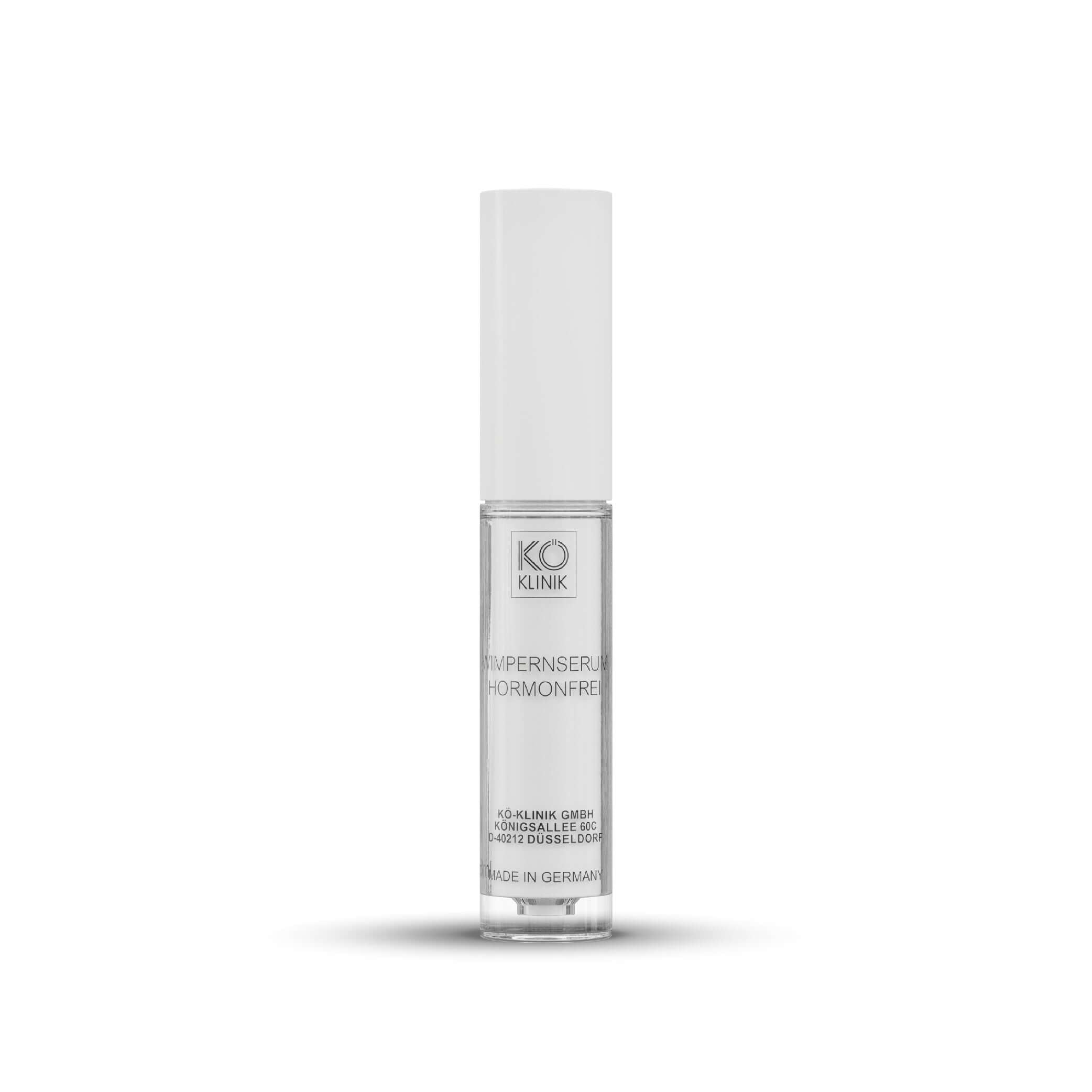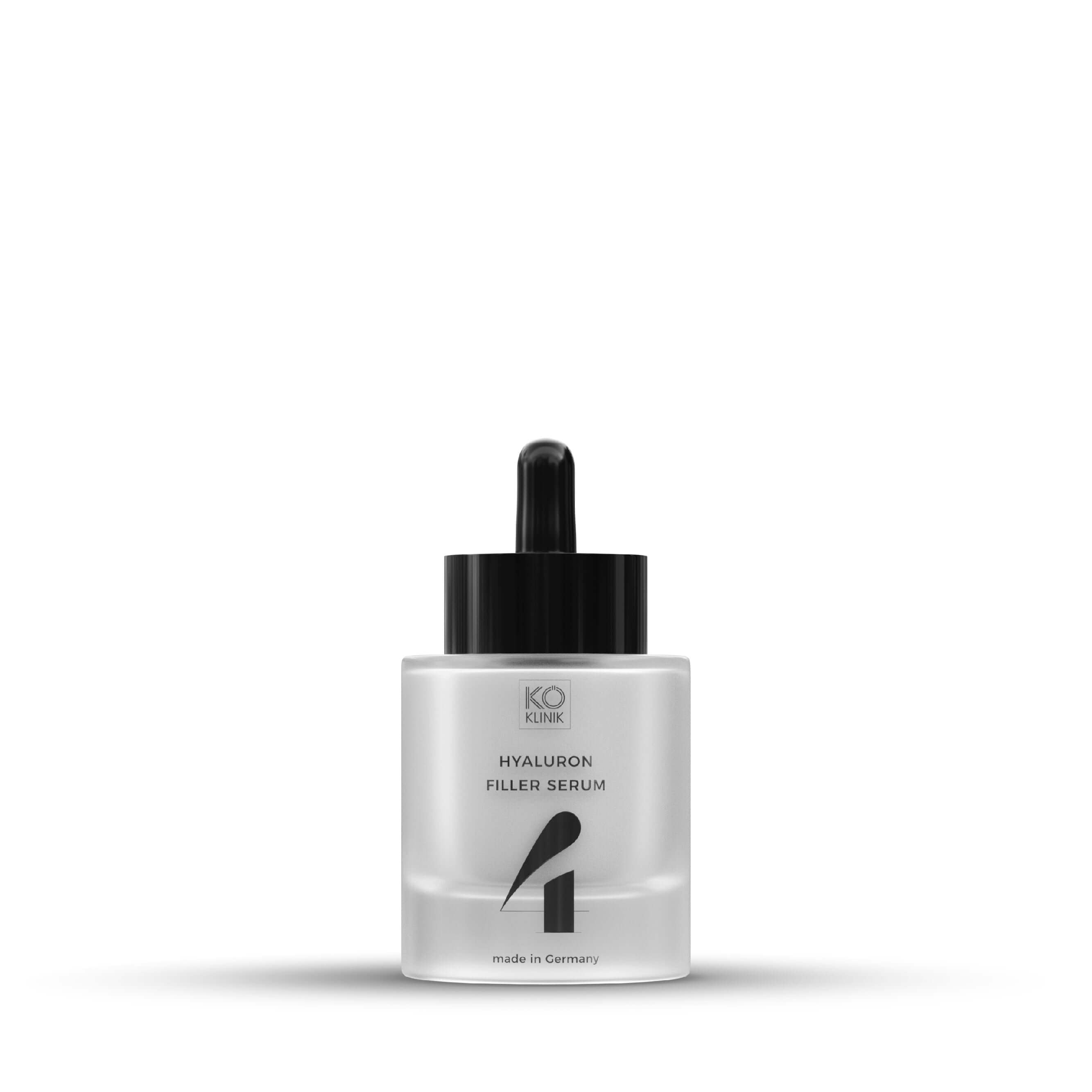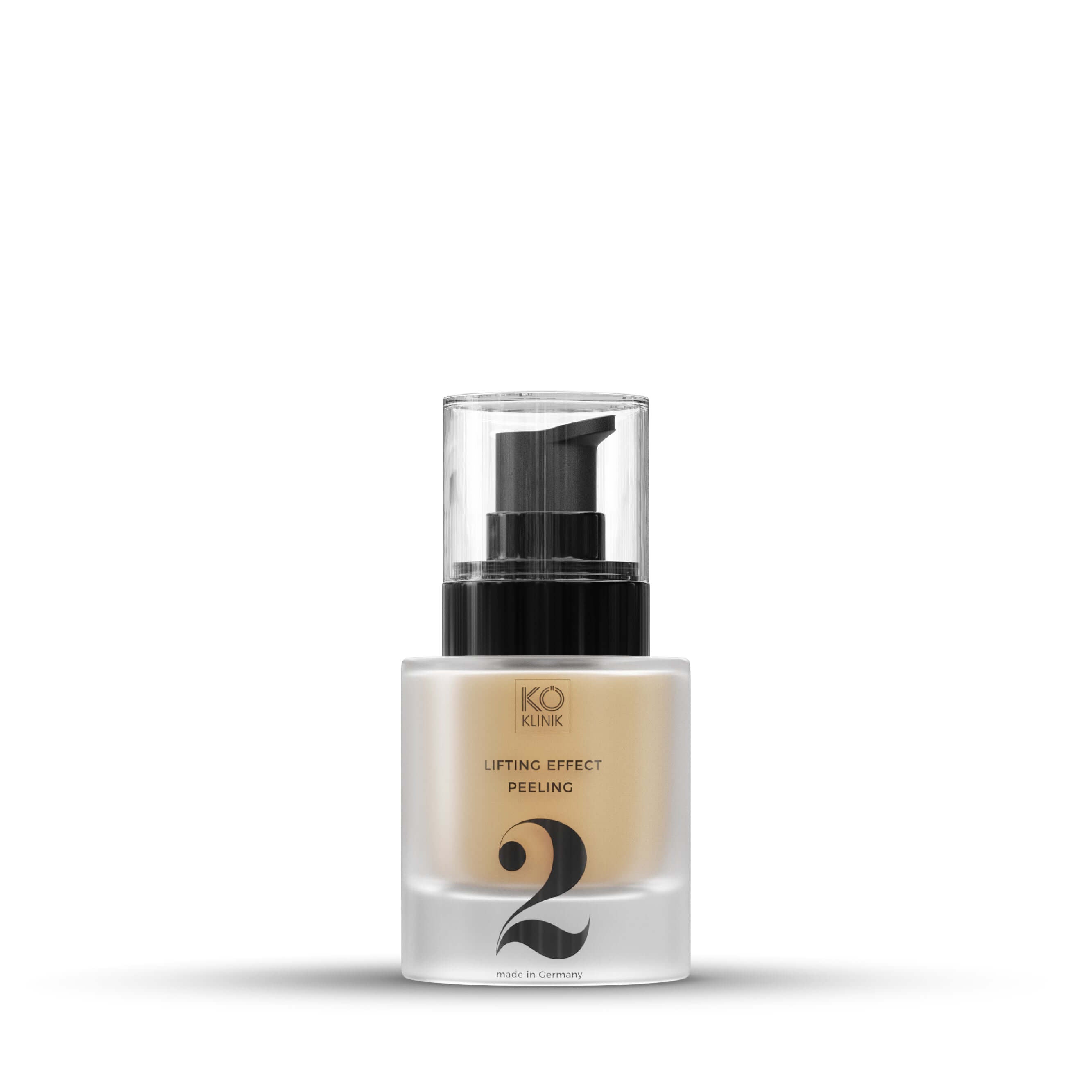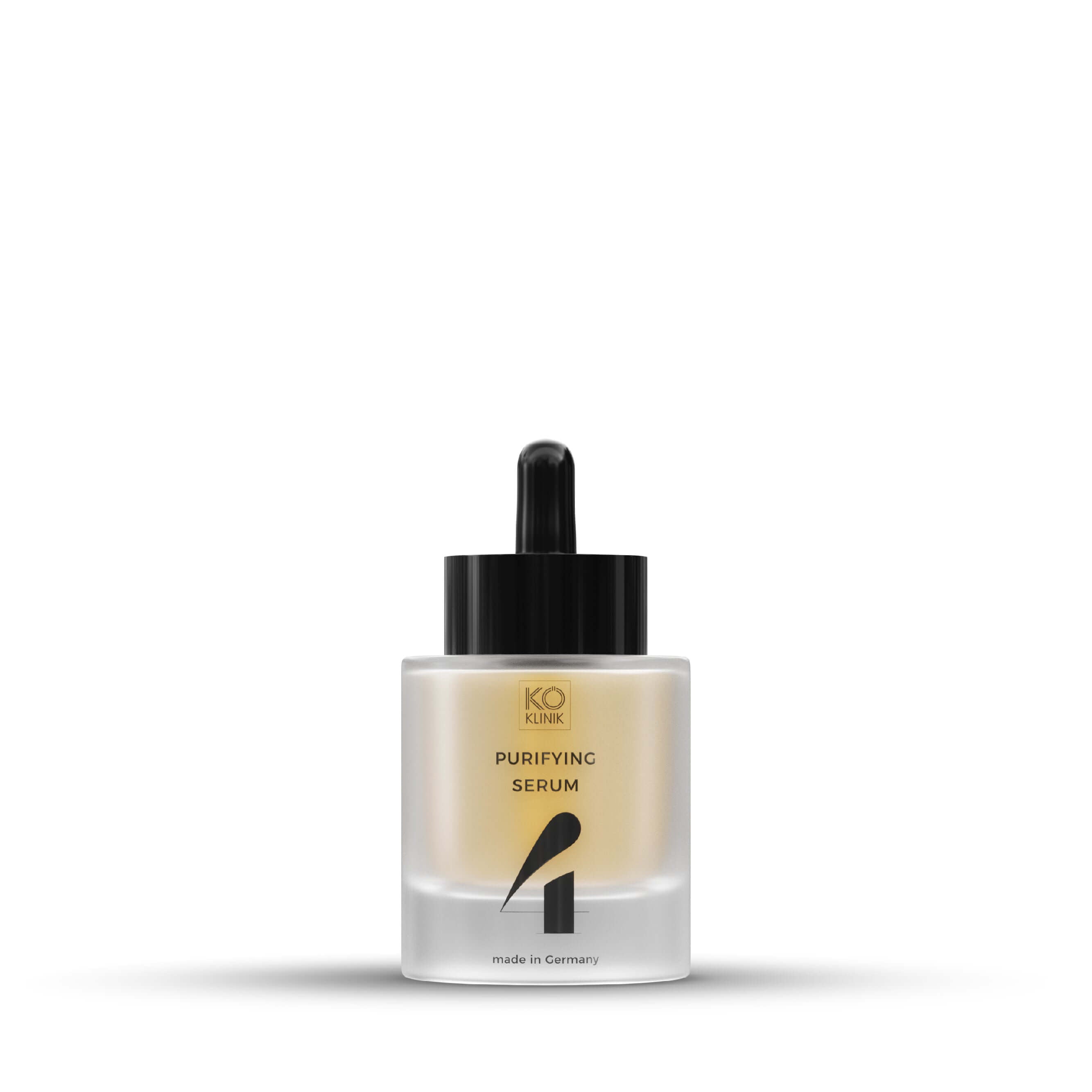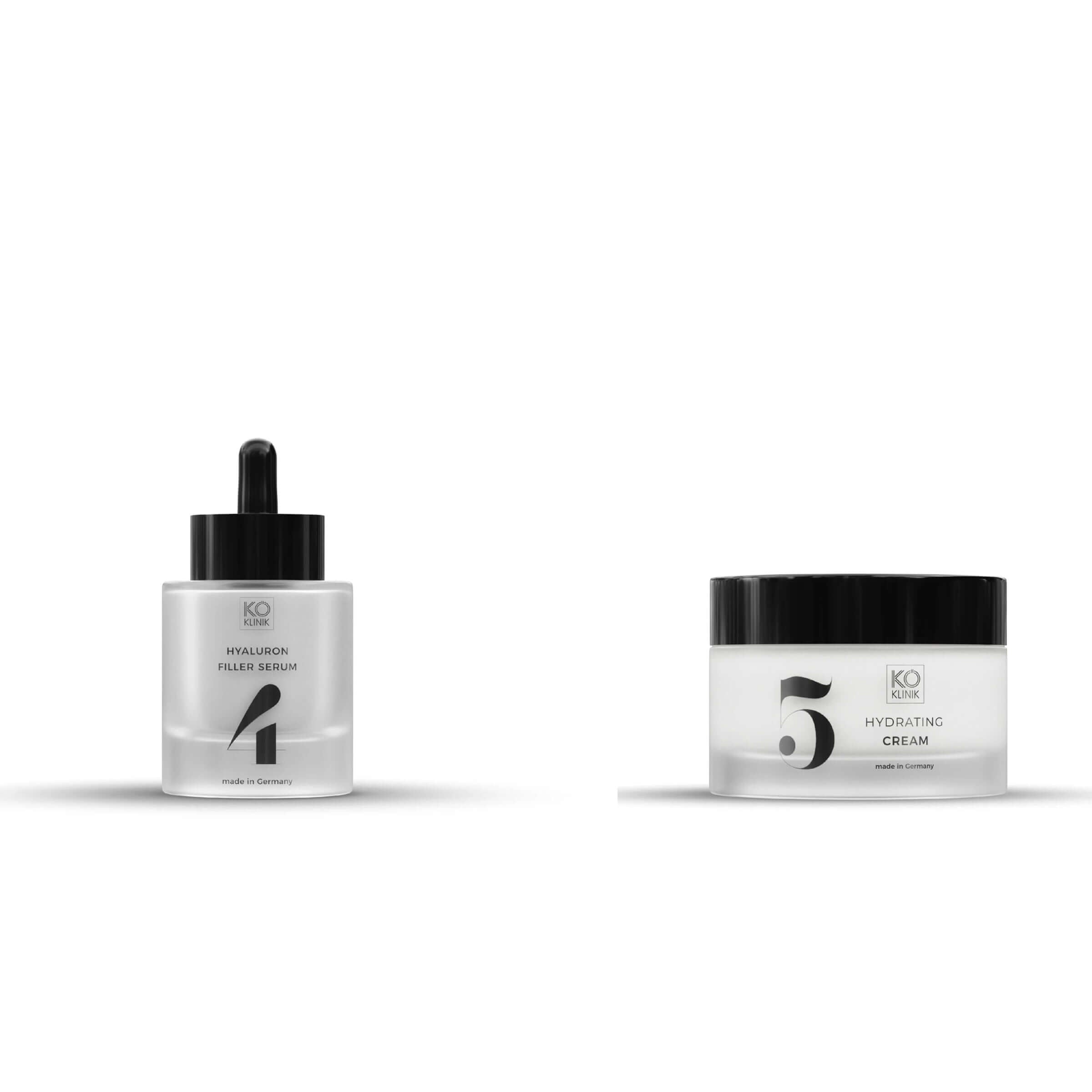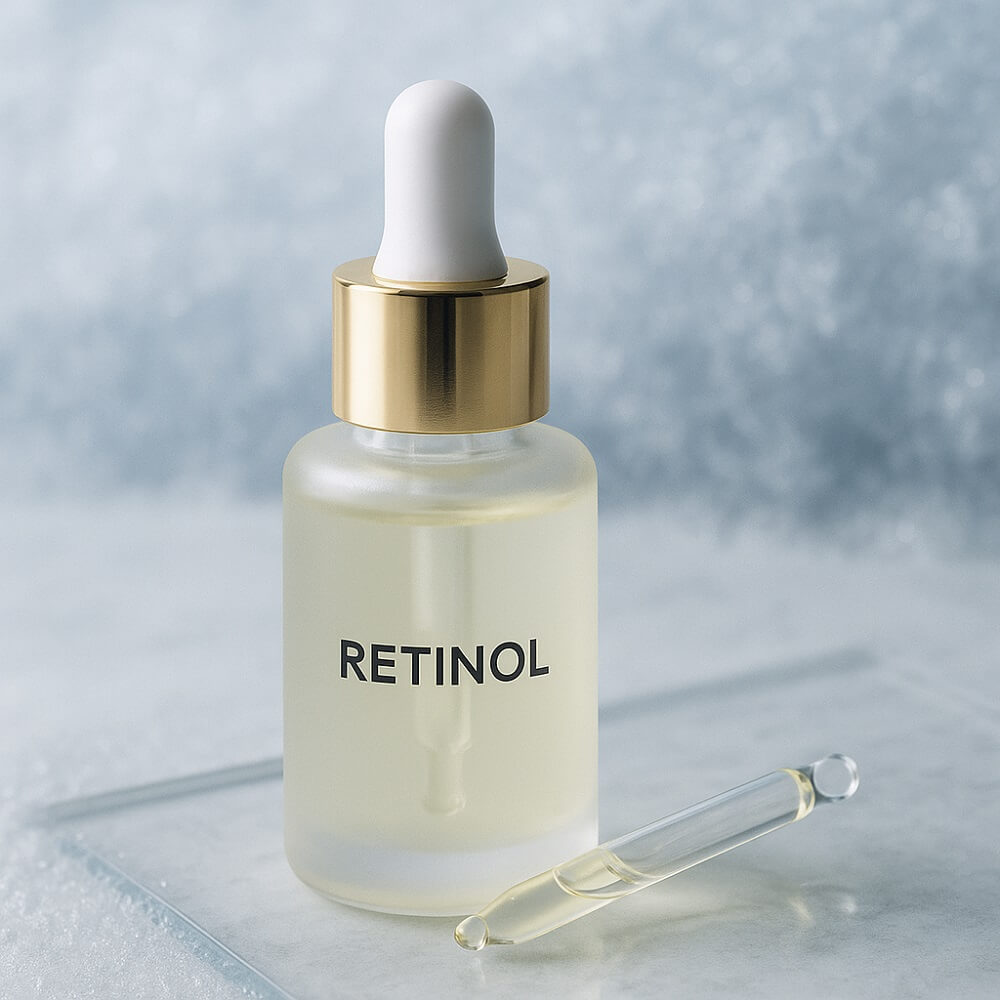Pigment spots: how they occur and how you can prevent them

Pigment spots, also known as hyperpigmentation, are dark discolorations of the skin caused by an overproduction of the skin pigment melanin. They often appear on the face, hands, or other parts of the body that are regularly exposed to the sun. Pigment spots are a cosmetic problem that affects many people, especially as they age.
How do pigment spots develop?
The most common cause of pigment spots is excessive sun exposure. The sun's UV rays stimulate melanin production to protect the skin from damage. However, excessive sun exposure can cause uneven distribution of melanin, resulting in spots.
Hormonal fluctuations, such as those that occur during pregnancy (melasma) or menopause, can also trigger pigment spots. Hormones stimulate the melanocytes, the melanin-producing cells, to produce more color pigments.
Pigment spots can also form after skin injuries such as acne, cuts or inflammation. This process is known as post-inflammatory hyperpigmentation. As we age , the skin's ability to regenerate decreases and the skin becomes more susceptible to pigment disorders. Age spots, also known as "lentigines", are a typical form of pigment spots that appear with age.
Causes of pigment spots:
- UV radiation
- Hormonal changes
- injuries
- Alter
How can one prevent pigmentation spots?
The most important step in preventing pigment spots is consistent protection from UV radiation. Use a sunscreen with a high sun protection factor (SPF 30 or higher) every day, even on cloudy days or in winter. Hats and protective clothing can also help protect the skin from excessive sun exposure.
Products that contain antioxidants such as vitamin C and vitamin E can help protect the skin from free radicals caused by UV rays and pollution. Antioxidants help the skin to regenerate and prevent pigmentation.
If you have hormonal pigment spots, it is advisable to consult a dermatologist. There are specific care products and treatments tailored to hormonal changes that can help reduce the appearance of spots.
After skin injuries, you should be particularly careful and pay attention to intensive care in order to avoid post-inflammatory hyperpigmentation. Special scar care products and gentle peelings can have a supportive effect here.
Prevention of pigment spots:
- Sun protection
- Integrate antioxidants into your skin care routine
- Take hormonal changes into account
- Skin care after injuries
Conclusion
Pigment spots are a common skin problem that can have various causes. However, with the right sun protection, the right skin care and targeted measures, the risk of developing pigment spots can be significantly reduced. Anyone who already suffers from pigment spots can achieve improvement with special creams or treatments.

